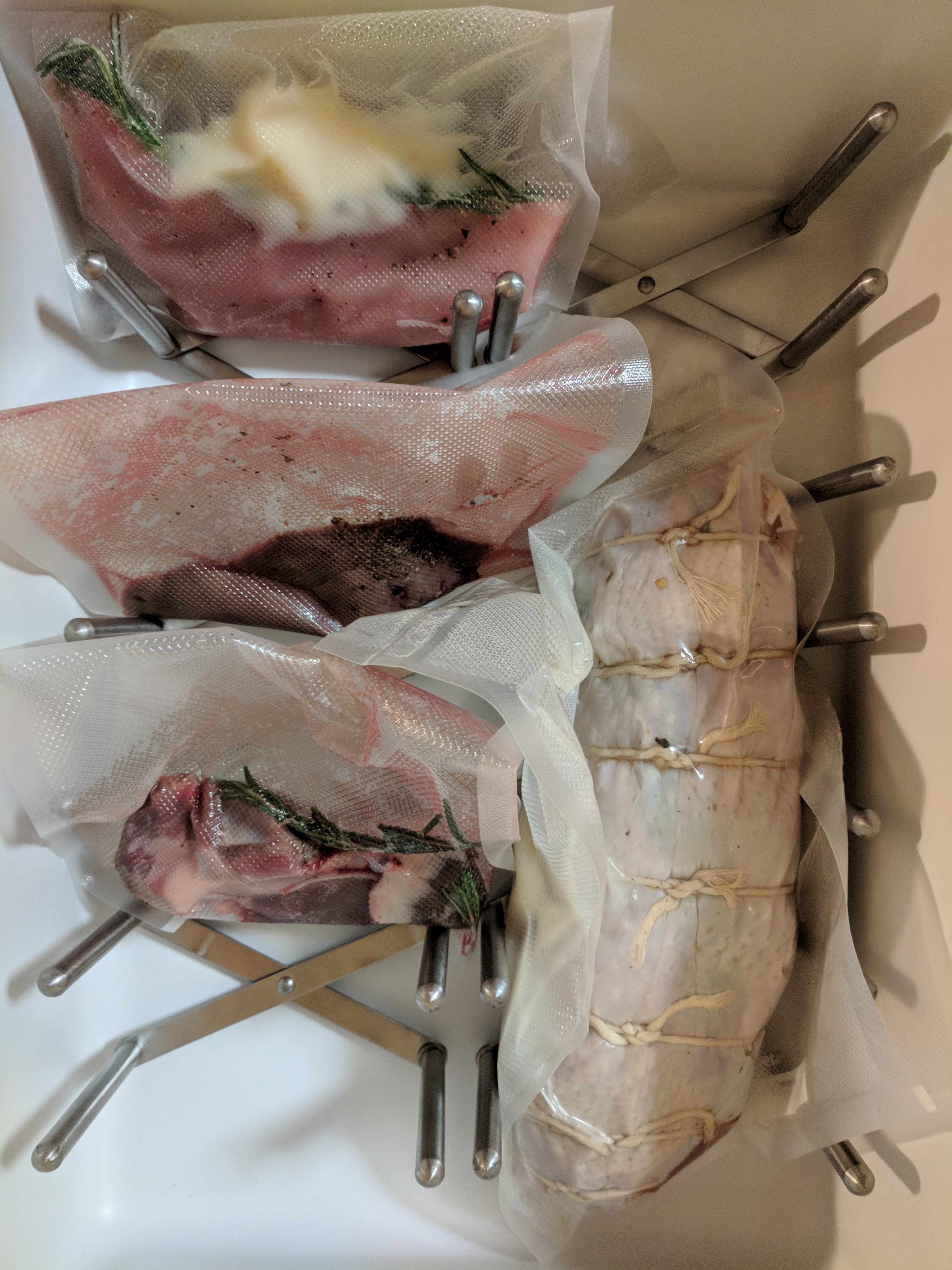Sous Vide
0 readers
1 users here now
Welcome to Sous Vide, a community for discussing all things related to sous vide! We want this to be a place for members to feel safe to discuss and share everything they love about precision cooking. Please feel free to take part and help our community grow!
While posting and commenting in this community, you must abide by instance-wide rules: https://mastodon.world/about
- Posts or comments that are homophobic, transphobic, racist, sexist, ableist, or advocating violence will be removed.
- Be civil: disagreements happen, but that doesn’t provide the right to personally insult others.
- Spam, self promotion, trolling, and bots are not allowed
- Shitposts and memes are allowed until they prove to be a problem.
Failure to follow these guidelines will result in your post/comment being removed and/or more severe actions. All posts and comments will be reviewed on a case-by-case basis. This means that some content that violates the rules may be allowed, while other content that does not violate the rules may be removed. The moderators retain the right to remove any content and ban users. We ask that the users report any comment or post that violates the rules, and to use critical thinking when reading, posting or commenting.
founded 1 year ago
MODERATORS
1
2
3
4
5
6
7
8
9



